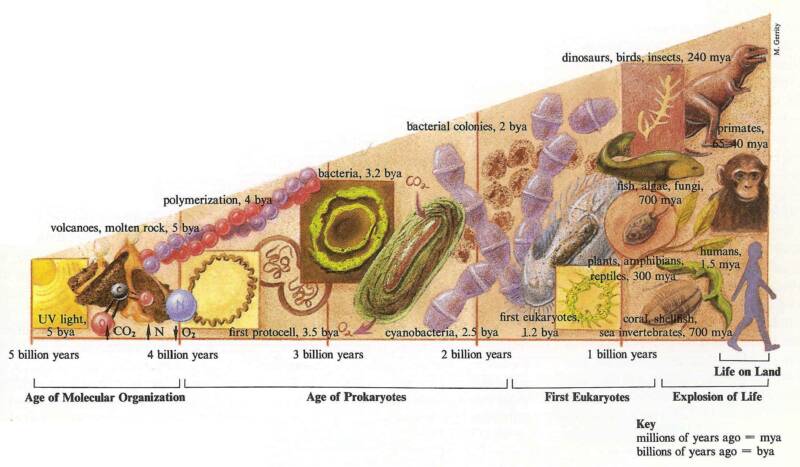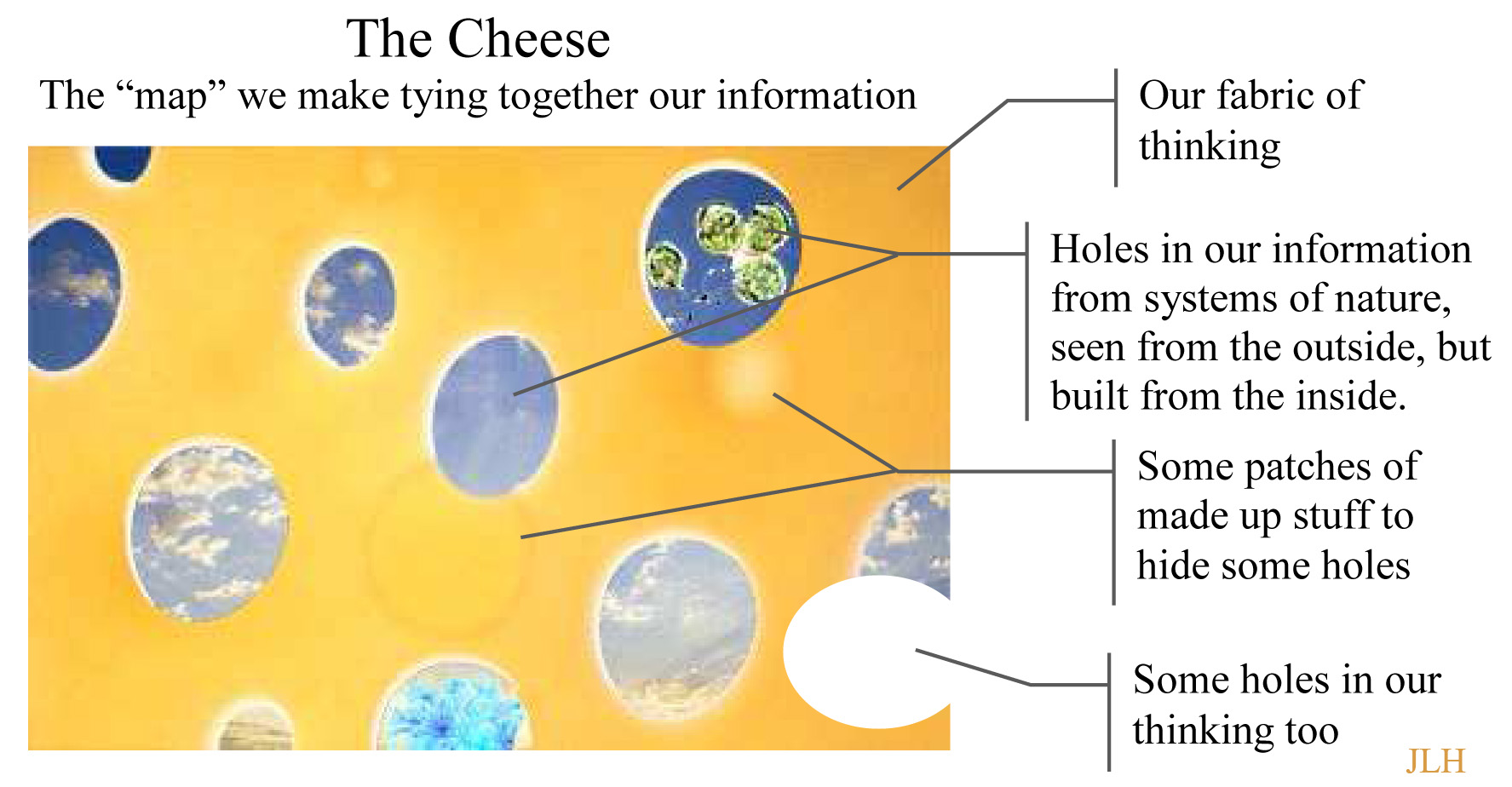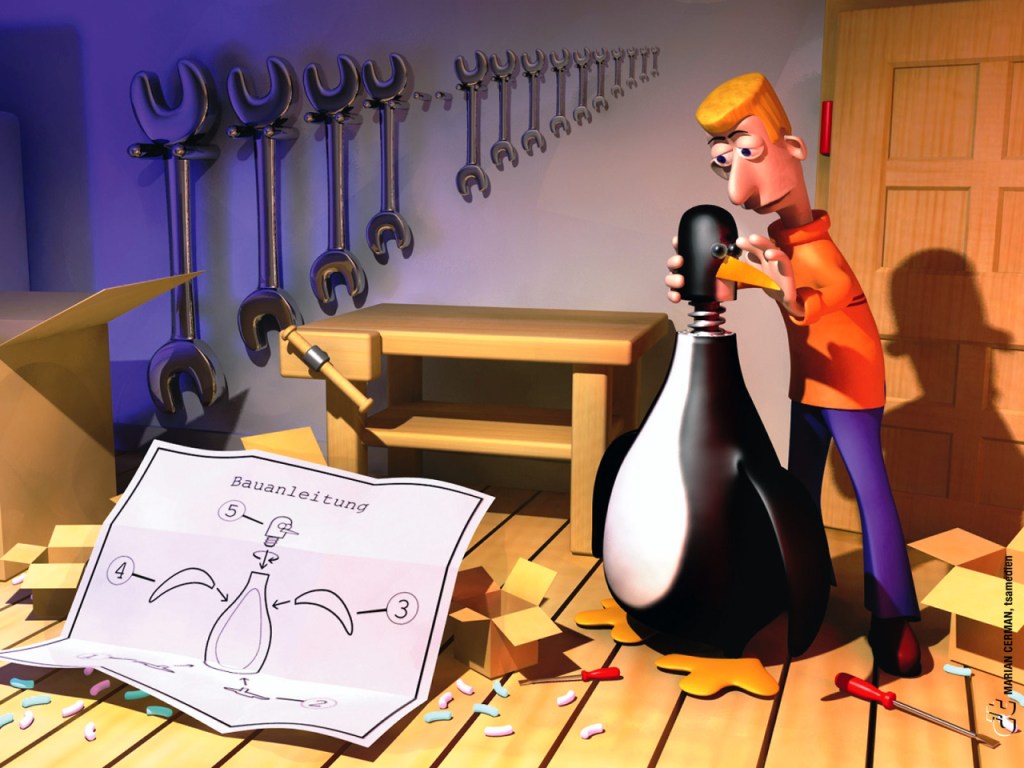Emmeline, at ethicalcorp.com was looking for recent innovation in sustainability to review for recognition. In a short email exchange she persuaded me to try to find a simple explanation again, for my recent radical discovery. It’s that our information on the scale of energy demands that business place on the economy is “far more holes than cheese“. See also
Are the holes in your map helping you read the territory?
Self-organization as “niche making”
On 3/7/12 I replied,
Thanks very much for your nice reply. If you care to consider it for recognition, last fall I published a long paper on the evidence of a true 80% hole in our information on business end product energy use and CO2, sorely needing attention.
We don’t have information on what supply chain people and business are doing, because they don’t record it or don’t pass it up the chain.
The study identifies a deep structural problem in what we know about complex business supply chain networks. We don’t have information on what supply chain people or businesses are doing, because they don’t record or report it up the chain.
In a contrarian way that large gap in our information is exactly what gets missed by a “focus on transparency and clarity and measurement, being more accurate”. It has to do with estimating known kinds of impacts that go unmeasured for lack of information. It’s only due to the nature of outsourced business services having evident impacts that are individually untraceable, and so provide no data to count. Continue reading SEA – energy accounting “far more holes than cheese”










